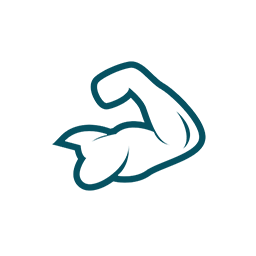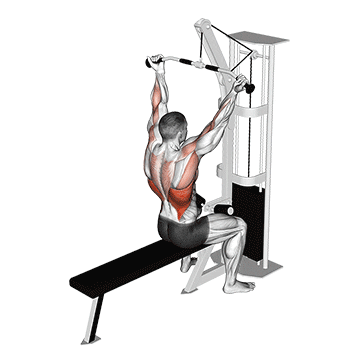The Cable Underhand Pulldown is a compound exercise that targets the muscles in the back, particularly the latissimus dorsi (lats). It also engages the biceps, shoulders, and forearms. This exercise is great for building strength and muscle definition in the upper back.
How to perform
To perform the Cable Underhand Pulldown, you will need a cable machine with a lat pulldown attachment. Here are step-by-step instructions:1. Start by adjusting the weight on the cable machine to a suitable amount for your fitness level. Sit down on the seat and grab the bar attachment with an underhand grip, hands shoulder-width apart.
2. Keep your back straight and chest up as you position yourself securely in the seat. Your feet should be flat on the floor, and your thighs should be firmly against the padding.
3. Bring the bar down towards your chest in a controlled motion, pulling your shoulder blades down and back as you squeeze your lats. Focus on using your back muscles to perform the movement, rather than relying on your arms.
4. Pause for a moment at the bottom of the movement, feeling the contraction in your back muscles.
5. Slowly return the bar to the starting position by allowing your arms to extend fully, but do not let the weight stack touch down between reps to maintain tension on the muscles.
6. Repeat for the desired number of repetitions.
To maximize the effectiveness of the Cable Underhand Pulldown, focus on performing the exercise with proper form, using a controlled and deliberate motion. Avoid swinging or using momentum to complete the movement. Adjust the weight as needed to ensure that you can complete the desired number of reps with good form.
Equipment required
Cable
Cable equipment consists of adjustable pulleys attached to weight stacks that allow for resistance training. This equipment is commonly used for strength training exercises that target various muscle groups in the body, such as chest, back, arms, and legs. Cable equipment provides a versatile and functional way to perform exercises that mimic real-life movements, improving muscle endurance, stability, and coordination.


